That is Diem Phung Thi - a legendary sculptor of the 20th century. She left behind not only hundreds of works, but also a legacy of aesthetic thinking imbued with Eastern philosophy, which has spread toeducation , architecture, design... and is gradually present in contemporary Vietnamese life, especially in Hue.
The work "Square and circular decoration" adapted and created from 7 Diem Phung Thi modules by architect Pham Dang Nhat Thai. Photo: VNA
From Larousse back to Hue
Born in 1920 in Chau E village (Hue), her real name is Phung Thi Cuc, she studied medicine in Hanoi , then went to France to become a doctor. However, art chose her. In 1959, she began her sculpting journey; in 1963, she held her first solo exhibition with a unique style, using seven basic geometric modules: circle, semicircle, square, triangle, long bar, tube and T.
These seven modules became her standard visual language, an original system of Eastern thinking, creating a movement and trend in sculpture. Critic Ray Mond Cogniat called it “the sculptural alphabet”; the late Professor Tran Van Khe compared it to “seven musical notes”, “seven intervals of life”.
A Vietnamese woman who defined the core values of modern Western sculpture. She was one of two Asian female artists to be listed in the 1991 Larousse Dictionary - Art of the 20th Century, a rare honor for contemporary art from outside the West. A year later, she became a Corresponding Member of the European Academy of Sciences, Literature and Arts.
With 7 modules, she created a world of vivid, expressive shapes, a system of self-created shapes, where each module is like a meaningful symbol, which can be arranged and constantly varied in proportion and material to create a unique artistic space. Nearly 400 works were created, including 36 monuments erected in France. But what makes her special is that when she was at the top of the world, she chose to return to Hue. Not bringing medals or fame, she brought the shapes and left everything for her homeland: nearly 400 works, from monuments, reliefs to educational plastic models.
Imprints in architecture and education bearing the shape of Diem Phung Thi
The railing of Kho Ren Bridge over An Cuu River (Hue) was designed based on Diem Phung Thi's module by architect Pham Dang Nhat Thai, lecturer at Hue University of Sciences, and his colleagues. Photo: VNA
In Hue, art does not remain in museums, but penetrates into living spaces. Few artists have left an aesthetic mark on the urban structure like Diem Phung Thi.
In 2021, Kho Ren Bridge across An Cuu River (Hue) was renovated. The bridge railing was designed based on Diem Phung Thi's heart-shaped module. The idea of "Hearts of Hue" was implemented by Architect Pham Dang Nhat Thai, lecturer at Hue University of Sciences, and his colleagues, as a thank you to her.
“I see her 7 modules as a visual alphabet. Each block has its own rhythm and energy. When placed next to each other, they create thousands of non-verbal languages that can communicate with autistic children, ease the inhibitions of public architectural spaces, awaken a child’s curiosity, or soften the visual thinking of adults,” Architect Pham Dang Nhat Thai shared.
Also inspired by this, Diem Phung Thi Bridge, simulating the work “Floating Boat” was designed by Architect Pham Dang Nhat Thai. The design was approved at the end of 2022, promising to be a traffic project with special aesthetic value in the future. These bridges are not only to cross the river, but to connect a flow of artistic thinking, connecting from the past to the present, connecting from abstract shapes to the very real feelings of urban residents.
Children enjoy creating with the puzzle game from the art education puzzle set for children from 3 to 11 years old created by Architect Pham Dang Nhat Thai (Hue University of Sciences) in the language of Diem Phung Thi. Photo: VNA
Diem Phung Thi once dreamed of opening a sculpture class for orphans and disabled children. She wanted them to create sculptures from the 7 modules she used to tell her life story. That dream remained unfulfilled. But today, that dream is coming true.
Architect Pham Dang Nhat Thai also designed an art education kit for children aged 3 to 11, consisting of 28 pieces in seven modules and seven rainbow colors. Children can assemble on flat surfaces and in three-dimensional space, thereby developing aesthetic thinking. This product won an award at the 11th Thua Thien Hue Province Technical Innovation Contest and has been transferred to the Vietnam Autism Network for application in experiential education.
The art of living with community
Some works by contemporary Hue artists in the sculptural language of Diem Phung Thi. Photo: VNA
Ms. Dinh Thi Hoai Trai, Director of Hue Museum of Fine Arts, affirmed that "Diem Phung Thi not only gave Hue nearly 400 works of art, but also gave us an open aesthetic ideology. Diem Phung Thi Art Center today is not only a place to display works, but also a space for education, creativity and inspiration for the community, especially the youth".
However, new signs have emerged. In recent works, Associate Professor, Dr. Phan Thanh Binh was impressed with the jewelry set by young artist Hoang Phi Hung (Hue Museum of Fine Arts), a typical example of continuity and creativity in the spirit of Diem Phung Thi's modularity.
Some works by Vietnamese contemporary artists created in the sculptural language of Diem Phung Thi are on display at the Diem Phung Thi Art Center, 17 Le Loi, Hue. Photo: VNA
Diem Phung Thi Art Center - No. 17 Le Loi, Hue currently preserves all of her donated works. This place is not only a museum, but also a space for thinking, where shapes tell stories, where children come to play and create, where junior artists are inspired.
Her legacy lies not in the quantity of her works, but in the openness: the dialogue between classical and modern, between art and applied arts, between Vietnam and the world. The seemingly dry shapes continue to enter bridge railings, classrooms, parks, or earrings as a vibrant part of today's life.
A set of statues by sculptor Diem Phung Thi - Corresponding Member of the European Academy of Sciences, Literature and Arts is on display at the Diem Phung Thi Art Center, 17 Le Loi, Hue. Photo: VNA
And so, Diem Phung Thi's art - seemingly of the 20th century - is clearly living in the 21st century, in shapes that do not speak, but do not stop living. Because as she once said: "That sculpture no longer belongs to me. I give it to you, or rather I give myself to you."
According to VNA
Source: https://baoangiang.com.vn/diem-phung-thi-nha-dieu-khac-huyen-thoai-the-ky-xx-a422983.html


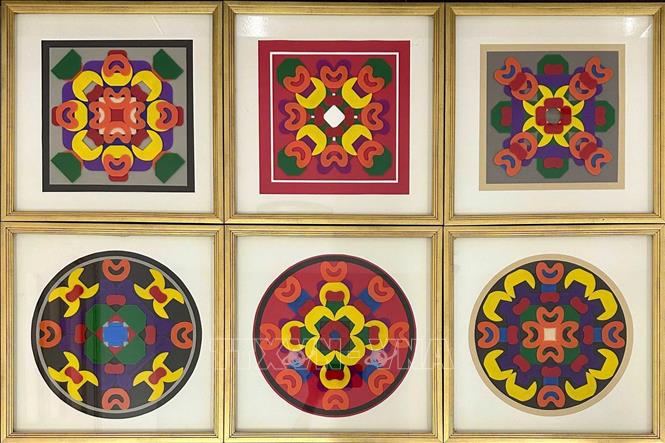



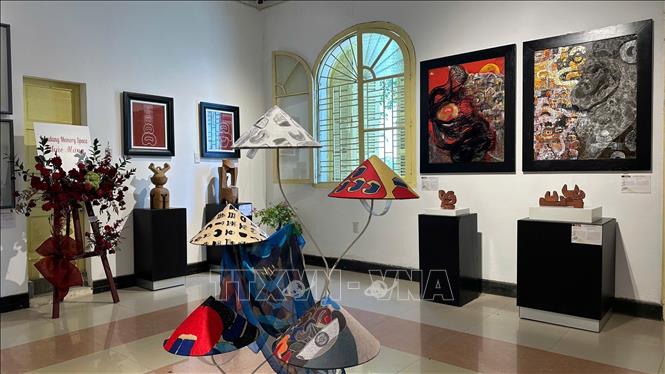
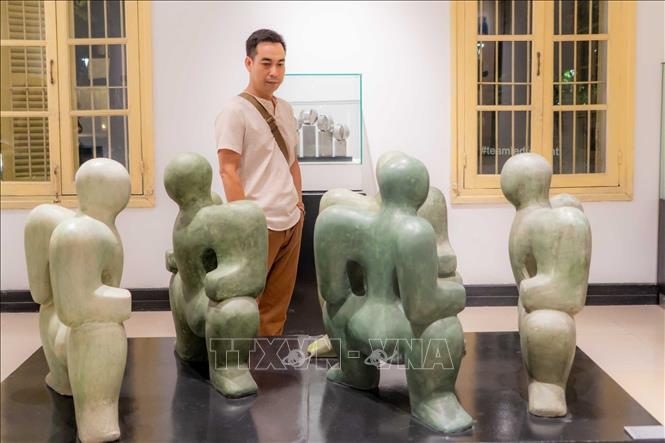


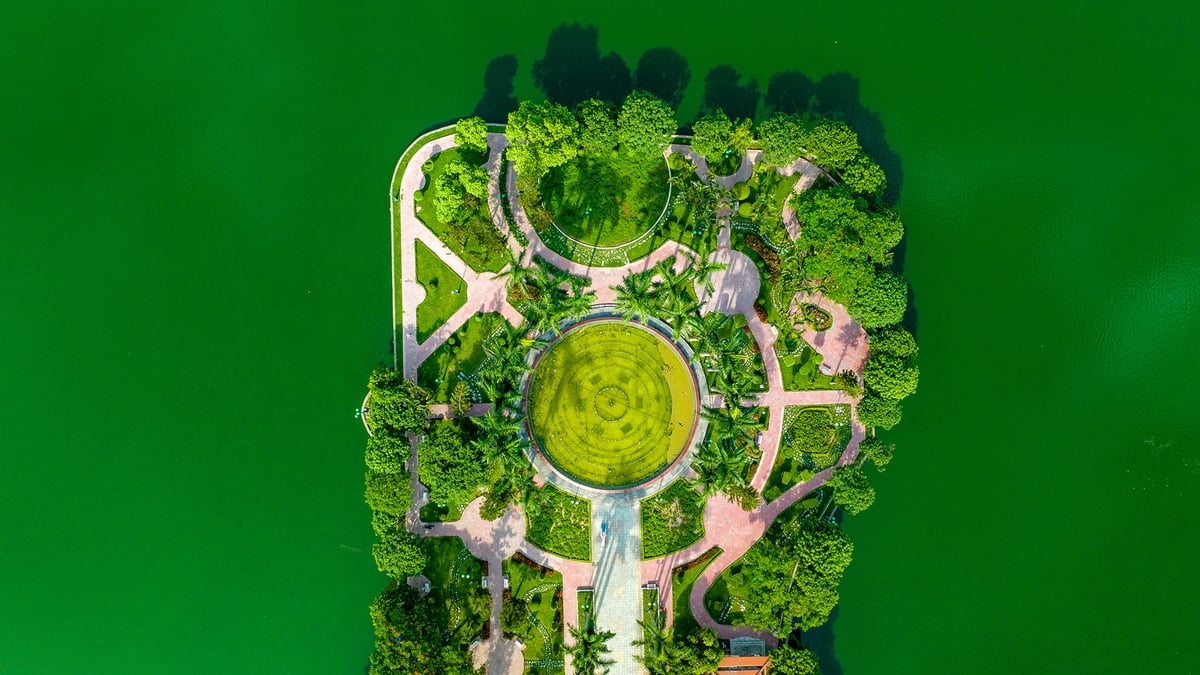







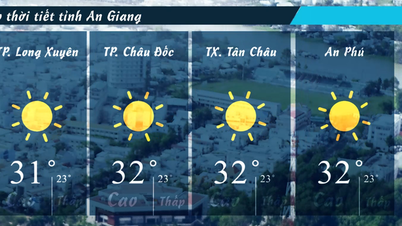







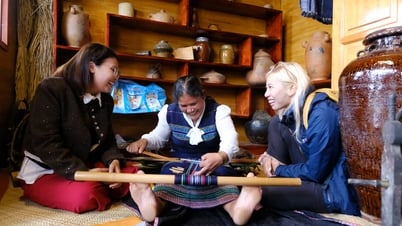

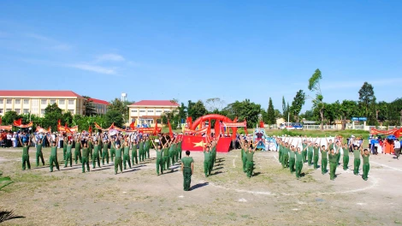










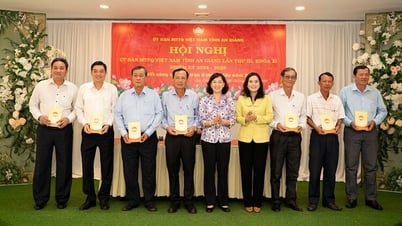

















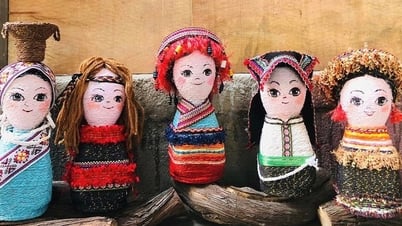









![[Maritime News] Wan Hai Lines invests $150 million to buy 48,000 containers](https://vphoto.vietnam.vn/thumb/402x226/vietnam/resource/IMAGE/2025/6/20/c945a62aff624b4bb5c25e67e9bcc1cb)







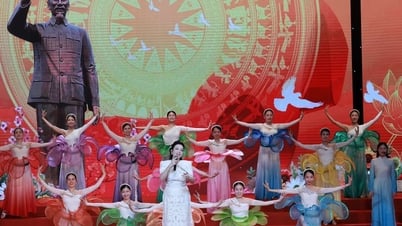

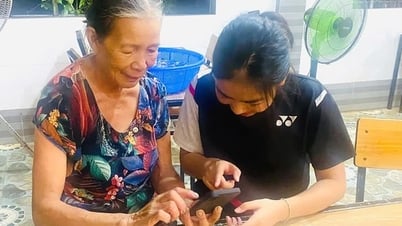




![[Infographic] Party Committee of the Ministry of Culture, Sports and Tourism: Marks of the 2020 - 2025 term](https://vphoto.vietnam.vn/thumb/402x226/vietnam/resource/IMAGE/2025/6/22/058c9f95a9a54fcab13153cddc34435e)







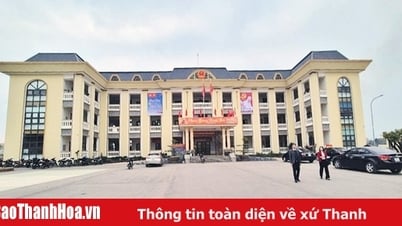
















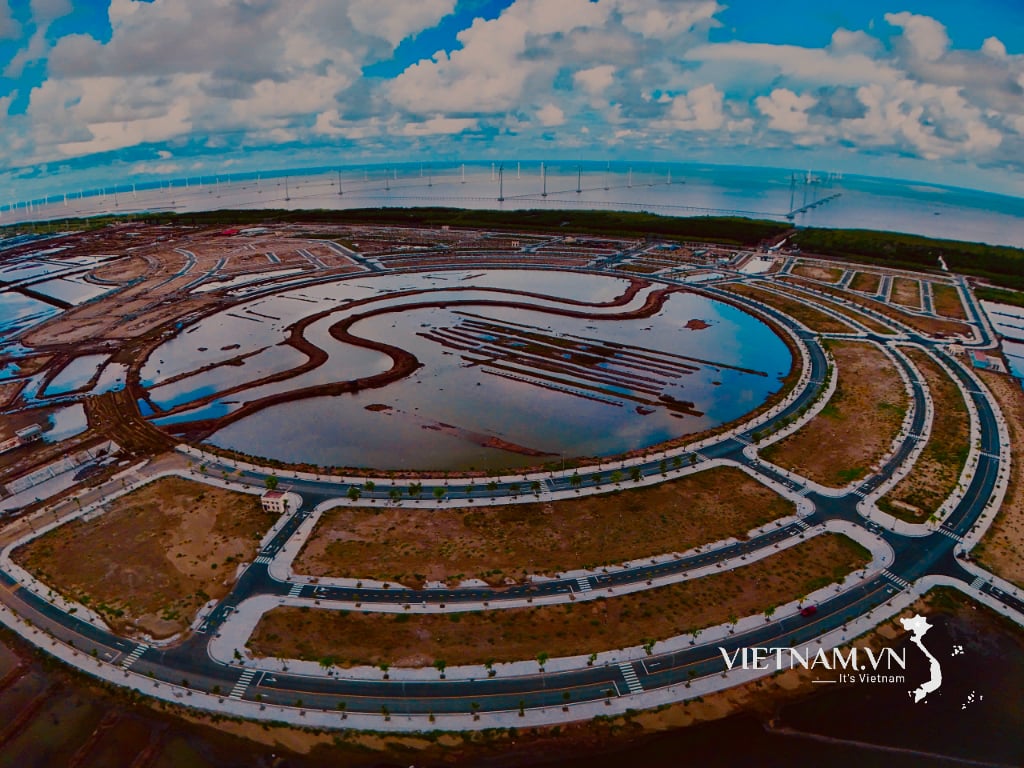

Comment (0)